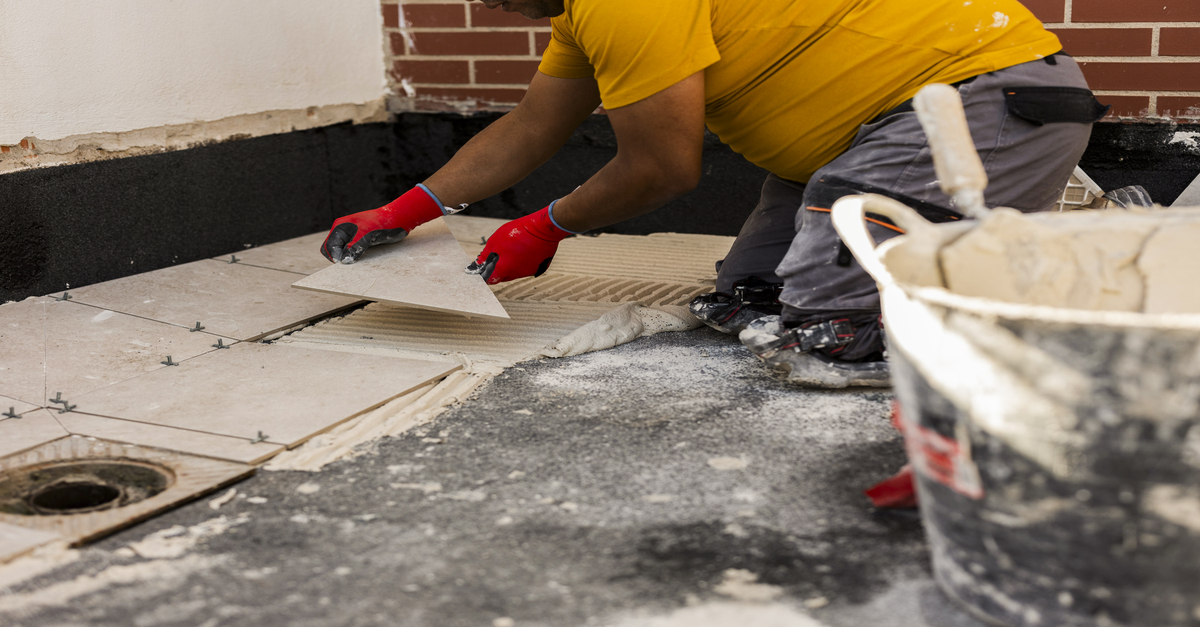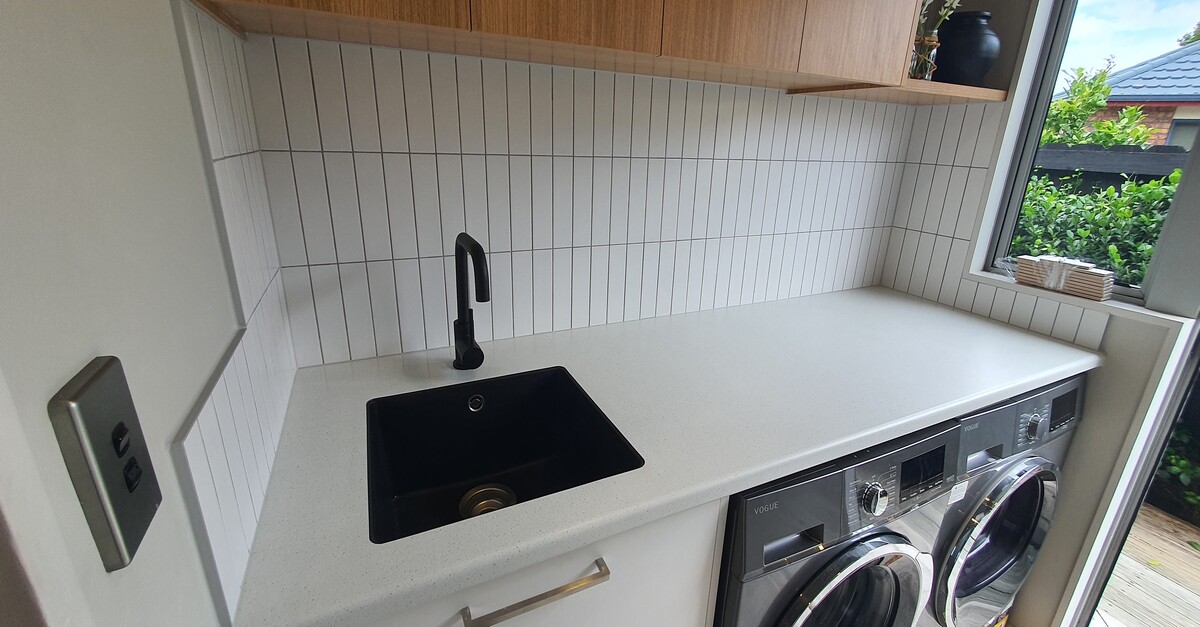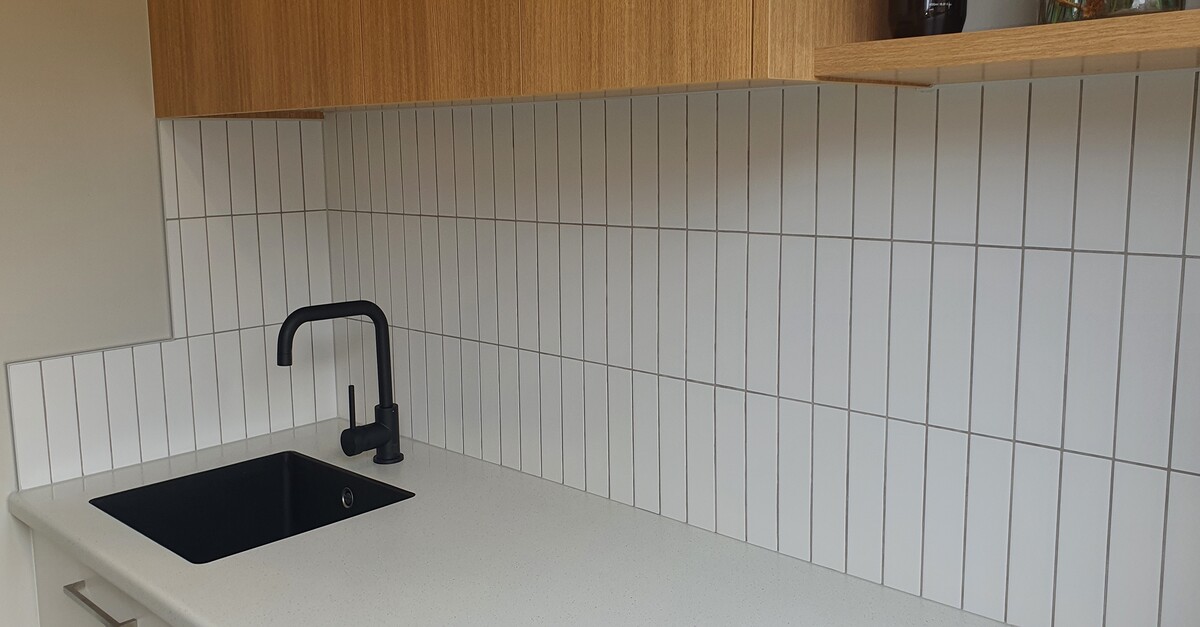
Tile Installation
AV Tiling Waikato offers professional tile installation services for residential and commercial properties throughout the Waikato region. Our skilled team of tile contractors are experienced in all types of tile work, from simple to intricate designs. We work closely with our clients to understand their vision and execute the installation with precision and attention to detail. Whether it's a bathroom renovation, kitchen backsplash, or outdoor patio, AV Tiling Waikato is committed to delivering high-quality results that meet our clients' needs and exceed their expectations. Contact us today for a consultation and let us transform your space with beautiful tile work.
Tile Layout and Design Considerations
When it comes to tile layout and design considerations, it is crucial to pay attention to the size and shape of the room or area where the tiles will be installed. Larger tiles can make a small room appear more spacious, while smaller tiles can create a sense of intricate detail and texture. The direction in which the tiles are laid can also impact the overall aesthetic, with horizontal layouts often making a room feel wider and vertical layouts adding height to the space.
Furthermore, the choice of tile pattern can greatly influence the visual impact of a room. Popular patterns include straight lay, diagonal, herringbone, and basketweave, each offering a unique character to the space. Incorporating different colours, textures, or materials can further enhance the design. It is important to consider how the tile design will complement other elements in the room, such as fixtures, furniture, and lighting, to create a cohesive and harmonious environment.
Creating Visual Impact with Pattern Selection
Selecting the right pattern for your tile installation can make a significant impact on the overall aesthetic of the space. When choosing a pattern, consider the size of the room and the type of tile being used. For smaller rooms, such as bathrooms or kitchens, a simple, uniform pattern like straight lay or diagonal can create the illusion of more space. On the other hand, for larger areas, opting for a more intricate pattern, such as herringbone or basketweave, can add visual interest and sophistication.
In addition to size considerations, the type of tile you are using should also influence your pattern selection. For example, natural stone tiles often look best in a random or staggered pattern to showcase their unique variations. On the other hand, ceramic or porcelain tiles, which can be uniform in appearance, may benefit from a more structured layout like grid or modular patterns. By carefully considering the size of the room and the characteristics of the tile, you can choose a pattern that enhances the visual appeal of your space.
Importance of Proper Maintenance for Longevity
Proper maintenance plays a crucial role in ensuring the longevity of your tile installation. To keep your tiles looking their best, it is important to follow cleaning and sealing guidelines. Regular cleaning with a mild detergent and a sponge can help prevent dirt and grime buildup, while sealing the grout lines can protect against stains and water damage.
In addition to regular cleaning and sealing, it is essential to address any issues promptly to avoid further damage. Cracked or loose tiles should be replaced as soon as possible to prevent water from seeping beneath the surface. If you notice discolouration or damage to the grout, repairing it promptly can help maintain the integrity of the installation. By staying proactive with maintenance, you can extend the life of your tile installation and keep your space looking fresh and appealing for years to come.
Cleaning and Sealing Guidelines
To maintain the longevity and beauty of your tiled floors, it is crucial to implement proper cleaning and sealing practices. Start by using a mild soap or detergent mixed with warm water to clean the tiles. Avoid harsh chemicals that can damage the sealant and the tiles themselves. Use a soft-bristled brush or a mop for cleaning, and ensure all dirt and grime are thoroughly removed. Once the tiles are clean, allow them to dry completely before proceeding with the sealing process.
Sealing your tiles is essential to protect them from stains, water damage, and wear. Choose a high-quality sealant suitable for the type of tiles you have installed. Apply the sealant evenly using a clean cloth or a squeegee, ensuring that all areas are covered. Allow the sealant to dry completely before allowing any foot traffic on the tiles. Regularly inspect the sealed tiles for any signs of wear or damage, and reapply the sealant as needed to maintain its effectiveness in protecting your floors.
Ensuring Proper Adhesive and Grout Selection
Selecting the right adhesive and grout is a crucial step in ensuring the longevity and durability of your tile installation. Different types of tiles, such as porcelain, ceramic, or natural stone like travertine or slate, may require specific adhesives to properly bond to the surface. It is essential to consult with your tile supplier or contractor to determine the most suitable adhesive for your particular tile type and the substrate it will be placed on. Additionally, considering factors like water exposure, temperature variations, and the presence of pests can help choose an adhesive that will resist potential damage over time.
Grout selection is equally important to achieve a professional and polished finish for your tiled surface. Grout comes in various colours to complement or contrast with your tiles, enhancing the overall look of the installation. It is essential to choose a grout that is suitable for your tile type, whether it is preformed, glass, subway, or mosaic tiles. Moreover, selecting the right grout can help prevent issues like cracking, water damage, or discolouration, ensuring a long-lasting and visually appealing tile installation in your space.
Matching Product to Tile Type
When it comes to selecting the right adhesive and grout for your tile installation, the type of tile being used plays a crucial role in ensuring a successful outcome. Different types of tiles such as ceramic, porcelain, natural stone, or glass require specific adhesives and grouts to adhere properly and withstand the test of time. Selecting the appropriate products that are designed for the particular characteristics of the tile will help you achieve a durable and visually appealing installation.
For ceramic and porcelain tiles, traditional thin-set mortar is commonly used as the adhesive due to its strong bonding capabilities and resistance to water and heat. Similarly, unsanded grout is often the preferred choice for these types of tiles, ensuring a smooth and consistent finish. On the other hand, natural stone tiles may require a special adhesive to prevent staining or discolouration, while epoxy grout can offer increased durability and resistance to moisture. Glass tiles, being more delicate, might need a specific adhesive that provides a strong bond without damaging the tile surface, paired with a translucent grout to enhance their unique visual characteristics. By matching the product to the tile type, you can ensure a successful installation that not only looks great but also lasts for years to come.
FAQS
What are some important considerations for tile layout and design?
When planning your tile installation, it's vital to consider the layout and design to ensure a cohesive and visually appealing finish. Factors to consider include the size and shape of tiles, layout patterns, and the overall aesthetic you wish to achieve.
How can pattern selection enhance the visual impact of tile installation?
Selecting the right pattern for your tiles can significantly enhance the visual impact of your installation. Patterns such as herringbone, chevron, or basketweave can add depth and interest to your design, making it more visually appealing.
Why is proper maintenance important for the longevity of tile installations?
Proper maintenance is crucial for the longevity of tile installations as it helps prevent damage, such as staining or cracking, and ensures that the tiles retain their beauty and functionality over time. Regular cleaning and sealing can significantly extend the lifespan of your tiles.
What are some guidelines for cleaning and sealing tiles?
To maintain the beauty and durability of your tiles, it is essential to clean them regularly with a mild detergent and water. Additionally, sealing the tiles with a suitable sealant can help protect them from stains and moisture, extending their lifespan.
How important is selecting the right adhesive and grout for tile installations?
Selecting the right adhesive and grout is crucial for the success of your tile installation. Using the appropriate products for your specific tile type and application ensures a strong bond between the tiles and substrate, as well as proper alignment and durability of the installation.



